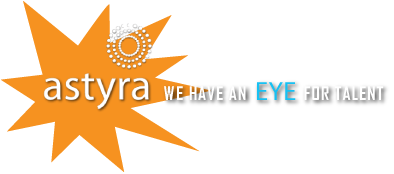Plenty of people struggle with taking their first steps into job seeking and often wonder where to start. In my opinion, making sure that your résumé is a well-crafted and finely tuned job-hunting machine is your first priority. To that end, I’m here to share some tips that’ll get you on your feet in no time. I’ll focus on three things that I believe can make or break a résumé: style, uniformity, and content.
1.) Style –
Every living thing has a skeleton (well, most, but let’s pretend that a résumé is one of them). Here it means a base, i.e., an outline or a template. Different employers may have different wants and needs with regard to how a candidate displays their experience, but the safest bet will usually be to pick something sleek and simple. If you’re not applying for a job that’s requesting visual design experience, it’s best to avoid any theme or templates that take focus away from the information itself. Feel free to play around with different preset themes if you’d like but be mindful of your audience and prepare multiple copies to best suit them.
2.) Uniformity –
In addition to this, making sure that there is consistency in the way the résumé is laid out will help you immensely. If you choose to have a header on your résumé or for each section of your résumé (for example, “Professional Experience,” or “Education” as section headers) make sure they’re all the same typeface and font size! Some might recommend using Times New Roman in 12pt font but 10-11pt font in Arial is much more commonplace these days. If you commit yourself to making specific things the same size within your resume, no matter where they appear, you’ll notice that it will add cohesiveness and make your résumé feel a lot more concise.
3.) Content –
Sure, it’s very nice to have your résumé be aesthetically pleasing but it won’t mean much if the positions that you list don’t really explain what you’ve done. No matter what roles you’ve held, there’s always a way to effectively communicate your responsibilities. Sometimes, a little nuance goes a long way. Instead of saying “Took notes in meetings,” you could try, “Listened attentively during meetings and transcribed accurate notes for future reference.” – it’s all about how you spin it. That said, BE TRUTHFUL! If any part of your role involves hard metric or statistics, don’t inflate anything with numbers that you can’t explain or back up. No matter how you slice it, this is by far the most important of the three things I’ve listed, but you’ll need ALL THREE to get your résumé where you’d like it.
These tips are just the…tip…of the iceberg! The sky’s the limit, so long as your fundamentals are solid.
Share this post:






What’s on your mind?